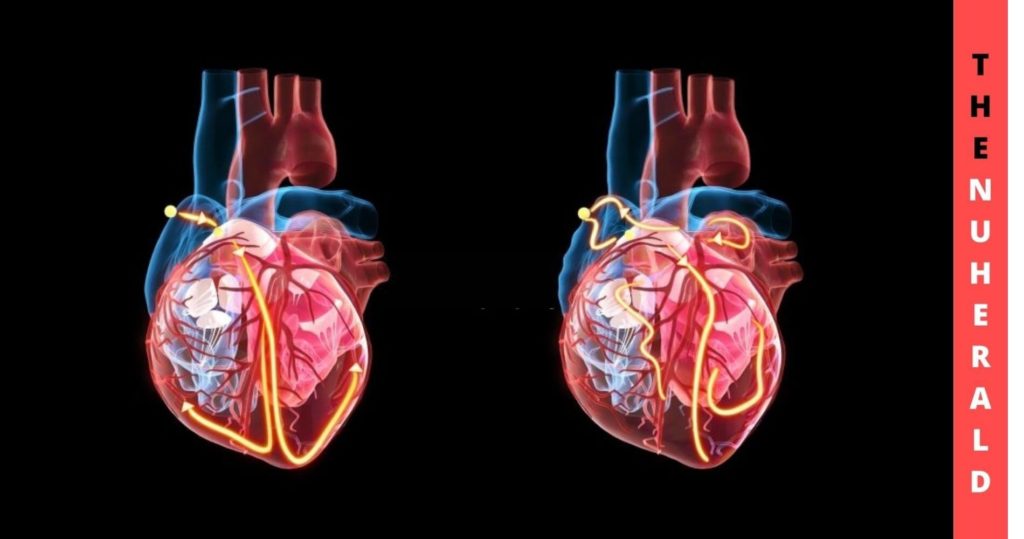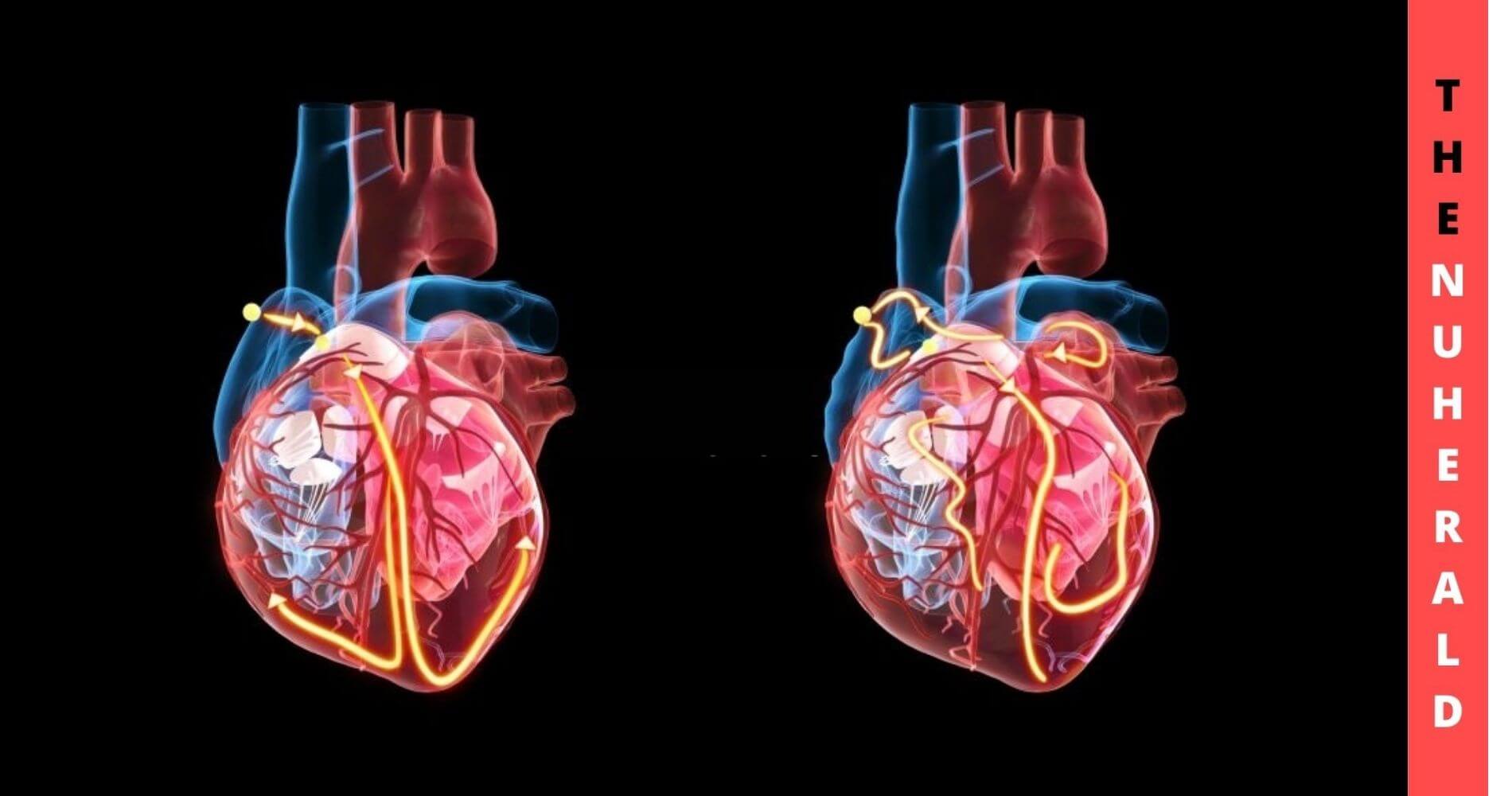A new study has shown that Atrial shunt may not be able to prevent heart failure in some cases when the ejection fraction is more than 40%. The participants were divided into two groups, where one was assigned an atrial shunt device, and the other group was given sham treatment. It was clear that the atrial shunt device did not work in every case, and it was not a suitable option to prevent heart failure when the ejection fraction was equal to or more than 40%.
Atrial Shunt Device Not Suitable For All Heart Patients
Using an atrial shunt device did not prevent heart failure in that situation. Not only that, it did not do much to improve the overall health condition when the ejection fraction was more than 40%. Considering the outcome of this research, experts feel that such treatments cannot be indiscriminately used for all patients with heart failure. On the other hand, various factors have to be considered along with the treatment option to prevent heart failure in the long run.

The device was intended to reduce the pulmonary capillary wedge pressure when used on heart failure patients during exercise. However, it did not work as intended when the ejection fraction was more than 40%.
Interestingly, the Interatrial shunt device received FDA approval in 2019, and it is used to treat heart failure. The device has received FDA Breakthrough Device designation as it is effective in treating life-threatening heart failure conditions. The FDA has developed the Breakthrough Devices Program to provide timely approvals to the medical devices to be used for treating various conditions.
The shunt device works by targeting the left atrium, and it offers dynamic decompression, which can reduce the progression of heart failure. Apart from that, it can also reduce the symptoms associated with heart failure in many patients. However, a recent study has indicated that this device offers no benefit when the ejection fraction is more than 40% in heart failure patients.
According to experts, ejection fraction is usually calculated in percentage terms. It indicates the effectiveness of the heart in pumping the blood out of the heart during a single contraction. When this percentage is in the range of 50-75%, it is considered as the normal range, and it indicates that the heart is working properly. On the other hand, when the EF drops below 50%, it is considered a mid-range EF. In most cases, abnormal EF can lead to heart failure and also create various complications.
Heart failure can occur when the ejection fraction is reduced to a low level, and this is called systolic heart failure, and it affects many patients. Apart from that, the heart failure associated with mid-range EF is called diastolic heart failure.
The shunt device is implanted by creating a small opening in the atrial septum, which can reduce the pressure in the left atrial. As this provides continuous decompression of the left atrium, it can improve the symptoms associated with heart failure. Apart from that, it can also reduce the chances of hospitalization by a huge margin. In this way, patients can easily manage heart failure without worrying about complications.
However, the latest study has indicated that this may not work effectively in every situation, and it is not a suitable option for all heart failure patients. Especially when the EF is below the mid-range, the shunt device offers no benefit. The study has shown that the device was not able to prevent heart failure in patients who had an EF of less than 40%. The device was also not beneficial in improving the symptoms of heart failure in this situation.
